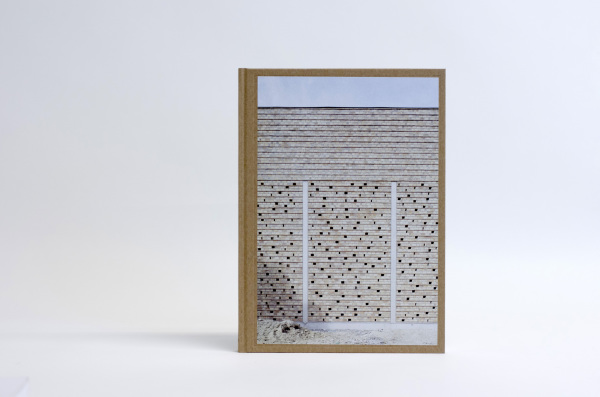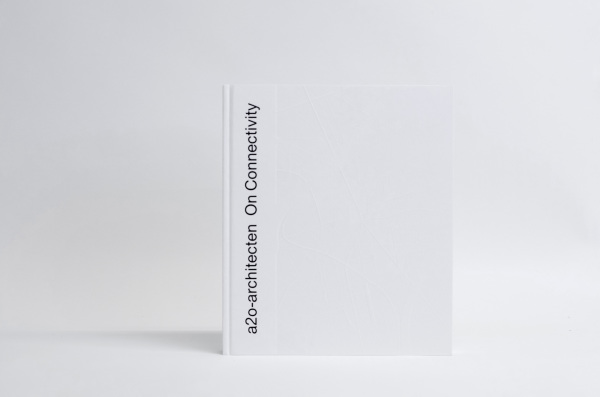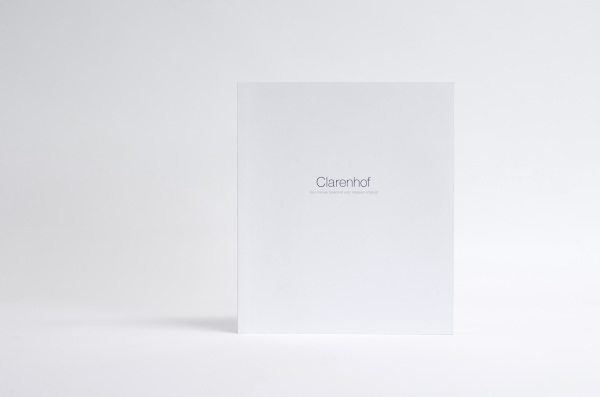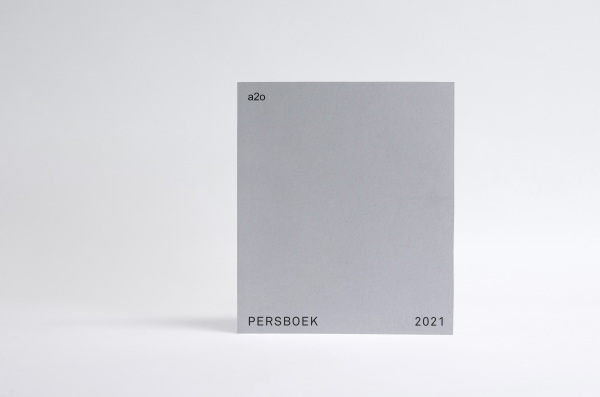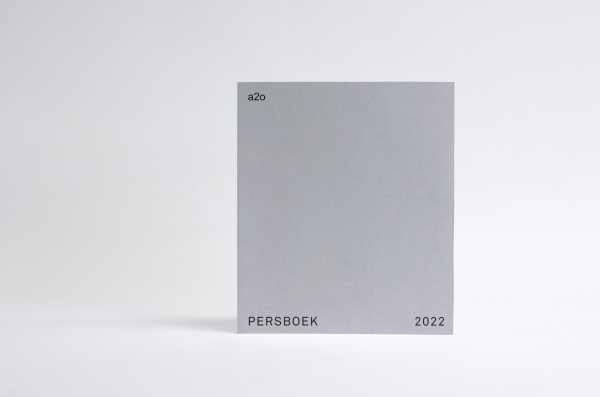De aedibus international

Frugality is a theme of our times and is also becoming popular in the construction industry. With an eye to the transition towards a sustainable society, the maxim Reduce, Reuse, Recycle is also applied in architecture. Reuse can be seen in the redevelopment of buildings: recycling is a concept that applies to circular building, a concept that is still fully in the making. If we place these themes on a spectrum and take the concept of time into consideration, at the one extreme there is the careful preservation of a monument – form and sometimes also function are frozen in time for eternity – and at the other extreme there is flexible and demountable construction, embracing circular concepts that let the building display temporariness and finiteness. Architectural historian Marvin Trachtenberg says in his book Building-in-Time that the passage of time – as an ally for the continuous development of a building to enable it to meet the needs and comply with the means of the community – is sidelined by Leon Battista Alberti, by modernism,
but also by rigid heritage protection. The factor of time is, however, potentially a positive force in the built environment. The everyday built environment only to a limited extent manifests perfect examples of edifying monumental quality or perfect flexibility, but a much larger number of locations and objects that are in between – and hence also demand bespoke design. Because cities are mostly fragmented and split up, showing scars, flaws, gaps, repairs and adaptations, they are unfinished and imperfect. Each generation tries to mould its environment to its own ideas time and again.
What is the role of the architect in all this?
In the Spring of 2020, the Swiss publishing house Quart Verlag will publish a monograph on a2o’s oeuvre. The agency took this opportunity to reflect on the factor of time. The order portfolio contains various locations that build on latent or patently obvious qualities – hence we use the term Weiterbauen, derived from German. Weiterbauen has proven to be a key to the interpretation of a2o’s consistent approach to highly diverse assignments. It is a key for providing qualitative answers to the question how to create a consistent living environment in which existing fragments can be cherished, lost qualities can be restored and additions enable a new interpretation of the existing.






